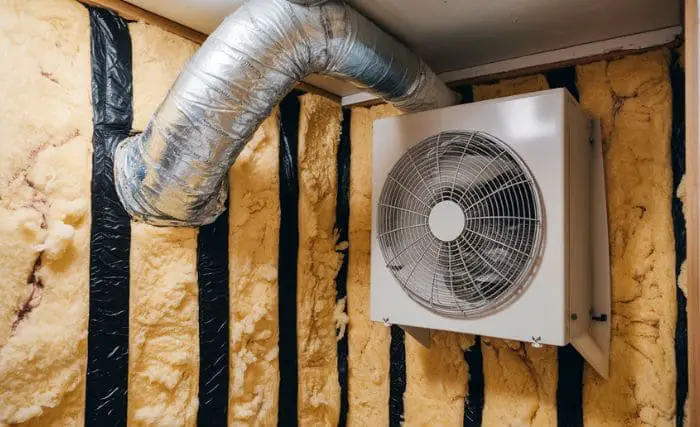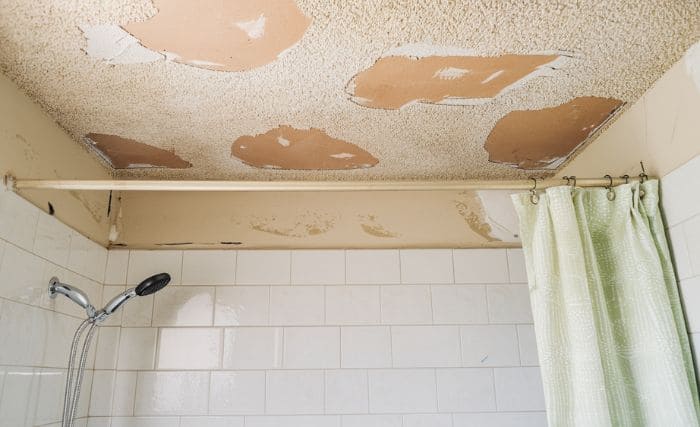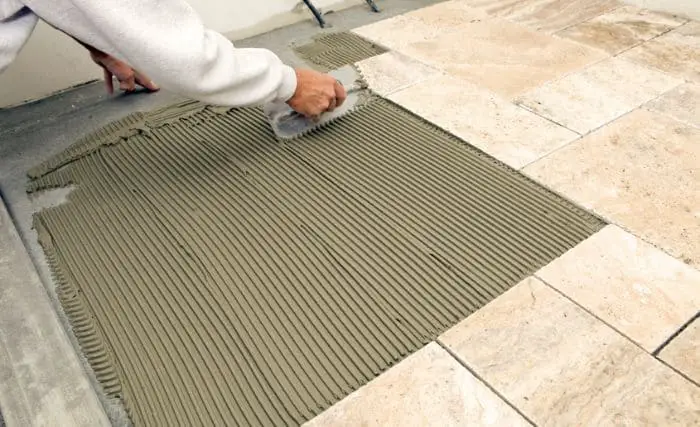Does Your Bathroom Fan Duct Need to Be Insulated? Here’s the Real Deal
Okay, so let’s be honest. Ever walked into your bathroom and thought, “Why’s it feel like a sauna in here?” Or worse, noticed some weird drips from the ceiling? Yeah… not cute. I used to think bathroom fans were just there to make noise while I shower. Turns out, there’s a whole duct thingy involved, and it might need some insulation. But wait—does your bathroom fan duct need to be insulated? Spoiler alert: most likely, yes. But let’s not jump ahead. We’ll break it all down.

What Is a Bathroom Fan Duct?
Alright, here’s the simple version. You got a fan in the ceiling, right? That fan’s not just blowin’ air around — it’s sucking all that steamy, funky air outta your bathroom and shooting it somewhere outside your house. The pipe or tube that carries that moist air out? That’s the bathroom fan duct.
It’s like the unsung hero of the bathroom world. You don’t see it, you don’t think about it, but when stuff goes wrong, oh boy, you notice.
Components of a Bathroom Fan Duct
Okay, time for some anatomy 101. Don’t worry, no pop quiz after this.
Fan Unit: The noisy lil’ guy in your ceiling.
Ducting: That’s the long pipe the air goes through. Usually flexible or metal.
Exterior Vent: Where the air finally escapes outside. Usually somewhere on your roof or wall.
Each one of these things gotta work right to keep your bathroom fresh and dry. And guess what? If that duct ain’t insulated, problems might sneak in.
Why Insulate a Bathroom Fan Duct?
So here’s the juicy bit — why the heck should you even care about insulating the duct? It’s just a pipe, right? Nope. That pipe can cause a world of trouble if you don’t treat it right.
1. Condensation Be Creepin’
Imagine this: warm, moist air flies through a cold metal duct in your freezing attic. What happens? Condensation. Basically, water starts forming inside the duct like your duct’s sweatin’. Over time, that water builds up, drips down, and BOOM — you got mold or water stains. Insulation keeps the air inside the duct from hitting cold surfaces so quick, so no sweaty pipes.
2. Save That Energy Bill
If your duct runs through cold places (like your attic or crawlspace), the warm air cools off fast, makin’ your fan work harder. And that means your heating or AC might kick in more often. Not cool. Wrap it up with insulation and you’ll keep more of that heat where it belongs. So yeah, energy efficiency wins.
3. Quiet Down, Please
Insulation also helps shut the duct up. You ever hear that weird rattling or whooshing noise when the fan’s on? Some of that’s from air zooming through bare ducts. Insulation dampens the sound so your fan don’t sound like a jet engine.
4. Code Ain’t Optional
Depending where you live, local building codes might require you to insulate the duct, especially if it runs through unheated areas. So you ain’t just saving energy — you might be stayin’ legal too.
Types of Duct Insulation (AKA: What Stuff You Can Use)
Don’t just grab whatever’s layin’ in the garage. There’s a few types of insulation and each got its own pros and cons.
Fiberglass
Old-school but cheap. It’s like cotton candy but it itches like heck. Works fine if you’re on a budget.
| Pros | Cons |
|---|---|
| Cost-effective | Can cause skin and respiratory irritation |
| Excellent thermal barrier | Needs a vapor barrier to prevent moisture build-up |
| Easy to find | Installation can be messy |
Foam Board
Thicker, solid sheets. Great for keeping temps steady and doesn’t soak up moisture like fiberglass sometimes can.
| Pros | Cons |
|---|---|
| High thermal resistance | Can be more expensive |
| Water-resistant | More challenging to install |
| Durable | Requires precise cutting to fit |
Reflective Insulation
Shiny stuff — like aluminum foil. It bounces heat away, so it’s good for hot areas. But usually it’s used with other kinds to really seal the deal.
| Pros | Cons |
|---|---|
| Reflects radiant heat | Less effective alone in cold climates |
| Lightweight | Can be labor-intensive to install |
| Resistant to moisture | Generally higher cost |
Spray Foam
Messy but awesome. It gets in all the gaps and seals tight. Just make sure you don’t spray it where you need airflow — that’d be bad.
| Pros | Cons |
|---|---|
| Excellent air seal | Can be expensive |
| Waterproof | Requires professional installation |
| High R-value | Difficult to remove if mistakes are made |
How to Insulate a Bathroom Fan Duct (DIY-Style)
Thinking about doin’ it yourself? Cool — it ain’t rocket science. But you do gotta be careful. Here’s the no-fluff version:
Stuff You’ll Need:
Insulation (your choice: fiberglass, foam board, spray, etc.)
Tape measure
Knife or scissors
Duct tape or special foil tape
Gloves (seriously, fiberglass itches bad)
Safety goggles & mask (dust ain’t fun)
Staple gun (maybe)
The Steps (In Real People Terms)
Turn Off Power: Don’t be a hero. Cut the power to the fan first.
Measure Stuff: Figure out how long the duct is and how wide.
Cut the Insulation: Trim it up so it fits snug. Don’t leave gaps.
Wrap or Cover It: Wrap the insulation around the duct and tape it down good. No loose ends.
Seal Everything: Use tape to close up the seams and joints. You want it airtight, no leaks.
Check Your Work: Make sure nothing’s blocking airflow.
Power Back On: Flip that breaker and test your fan.
Boom. Done.
When Not to Bother Insulating
Believe it or not, sometimes you don’t even need to insulate. Crazy, right?
Short Duct Runs: If the duct’s only like a foot long and stays inside warm areas, insulation’s kinda overkill.
Internal Runs: If it runs through heated parts of your house, same thing. No big temp changes = no condensation.
Already Insulated Ducts: Some fancy ducts come pre-insulated. So don’t waste money double-wrapping it.
When to Call in the Pros
Look, not everything’s a DIY moment. Sometimes you gotta admit defeat and call someone who knows what they’re doing.
Crazy Layouts: Ducts with tons of bends, turns, or tight spots? Let a pro handle it.
Code Concerns: If you’re not sure what your area requires, better safe than sorry.
Extreme Weather: Live somewhere crazy humid or freezing cold? Better insulation = fewer problems later.
Maintenance Tips to Keep Stuff Working
Okay, you did it. Now don’t forget it exists. Maintenance matters.
Check the Insulation Sometimes
Every few months, pop up into the attic or wherever and make sure nothing’s wet, ripped, or moldy. A small rip can lead to big problems.
Clean the Fan and Duct
Dust builds up over time. Gotta clean it so the air keeps movin’. Dirty ducts = stinky bathroom.
Replace Stuff When Needed
If insulation’s fallin’ apart or got wet? Don’t ignore it. Replace it before you regret it.
Final Thoughts (a.k.a. TL;DR)
So back to our big question — does your bathroom fan duct need to be insulated? 9 times outta 10, yeah it does. Unless you live in a perfect house in a perfect climate with a perfect fan… but c’mon, who does?
Insulating your bathroom fan duct helps stop condensation, saves money on bills, keeps things quieter, and might even help you avoid gettin’ in trouble with building inspectors.
If you’re the DIY type, go for it. Just be safe, take your time, and don’t cheap out on materials. And if things get tricky? No shame in callin’ a pro.
Now go check your fan duct already — it ain’t gonna insulate itself.






